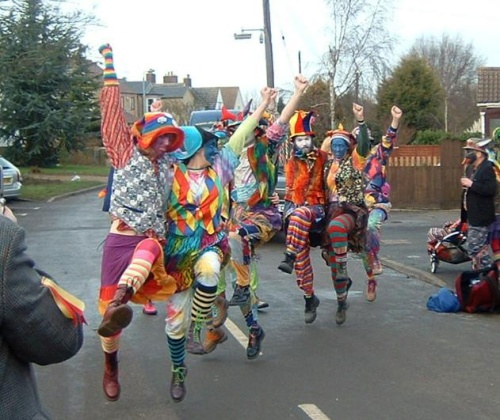
The Faroese people sing a lot. The fact that young people from the Faroe Islands are extremely successful in the multitude of popular singing contests on television is not accidental.
The Faroese have always been diligent singers, especially regarding the various genres of traditional singing, which for centuries have formed an important part of Faroese culture. With the increasingly globalized everyday life of the past 50 years or so, music from all over the world has permeated everywhere, including the Faroe Islands; nevertheless, traditional Faroese singing and dancing are still alive and well in the 21st century.
Following in the wake of four separate volumes of Faroese traditional music, a new edition, Føroya ljóð í kvæðum, vísum, sálmum og skjaldrum/Sound of the Faroes: Traditional songs and hymns (Hoyvik: Stiðin, 2014) is a single volume covering all of the topics. Part I is on Faroese dance with melodies for both kvæði and Danish ballads, part II is on spiritual singing and Kingo singing, and part III is on skjaldur. Each part describes the genres in question and offers a comprehensive selection of melody examples with an accompanying CD.
Below, the celebrated Faroese chain dance after the total solar eclipse on 20 March 2015.











